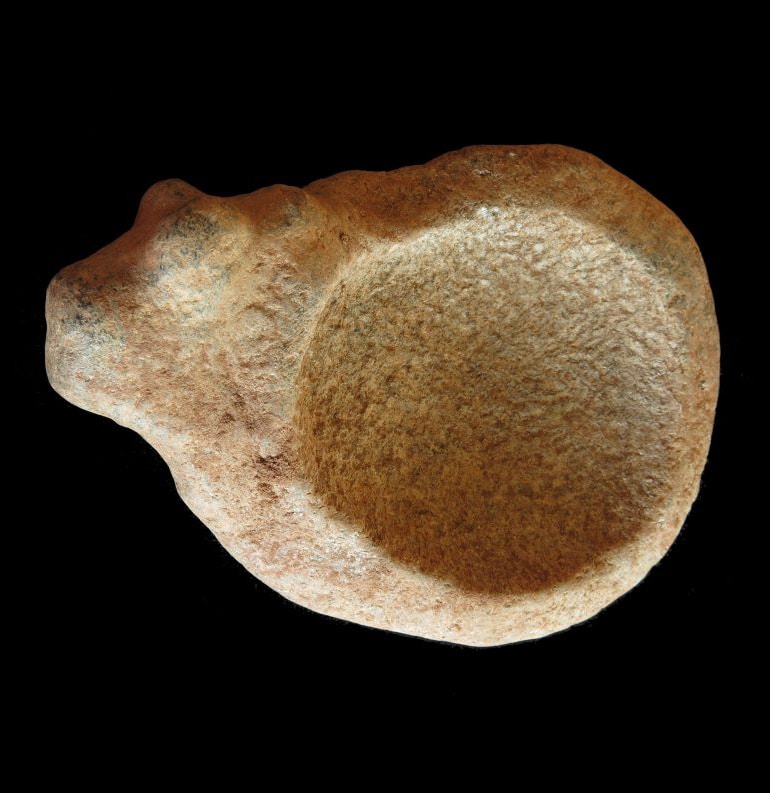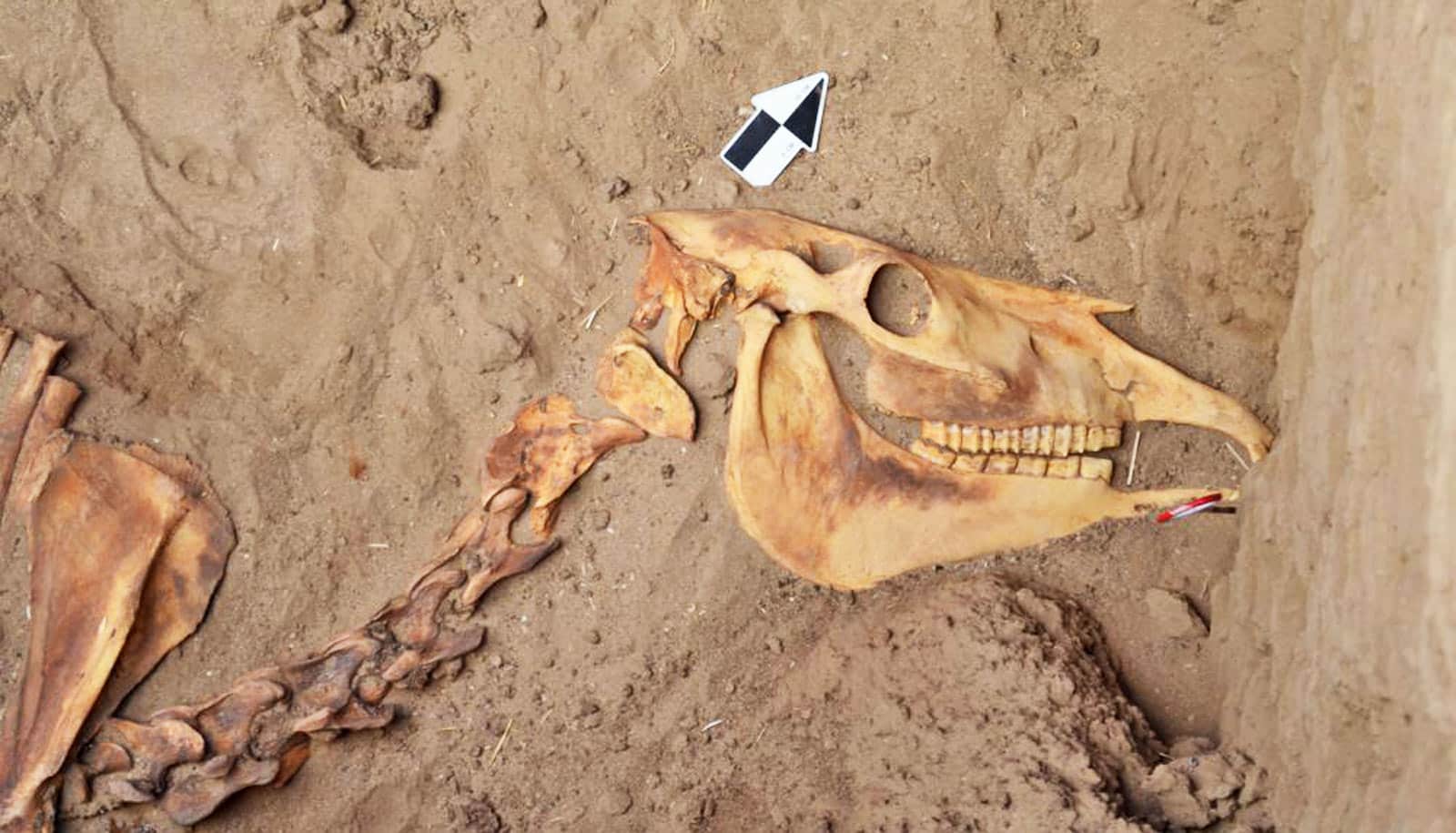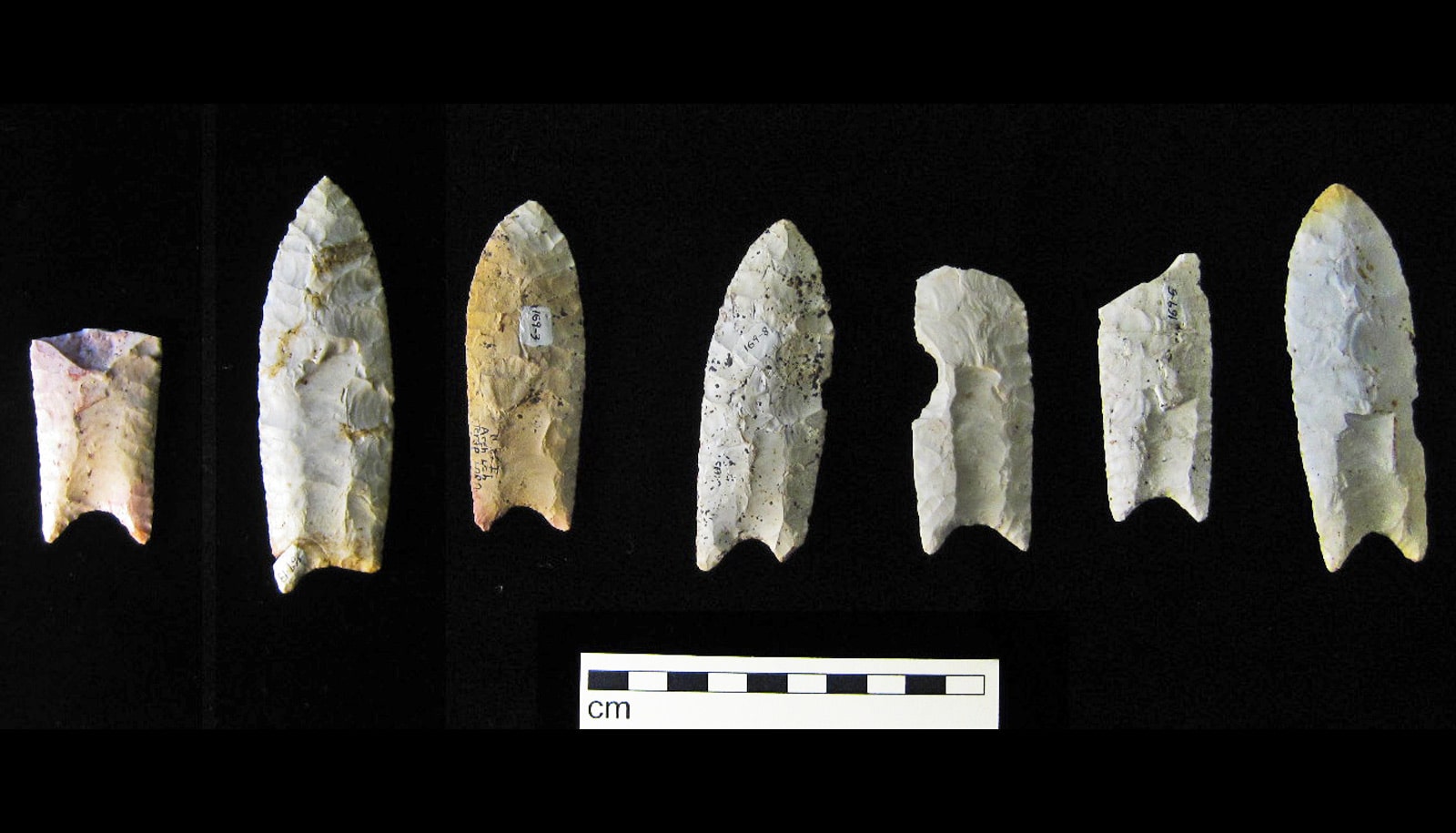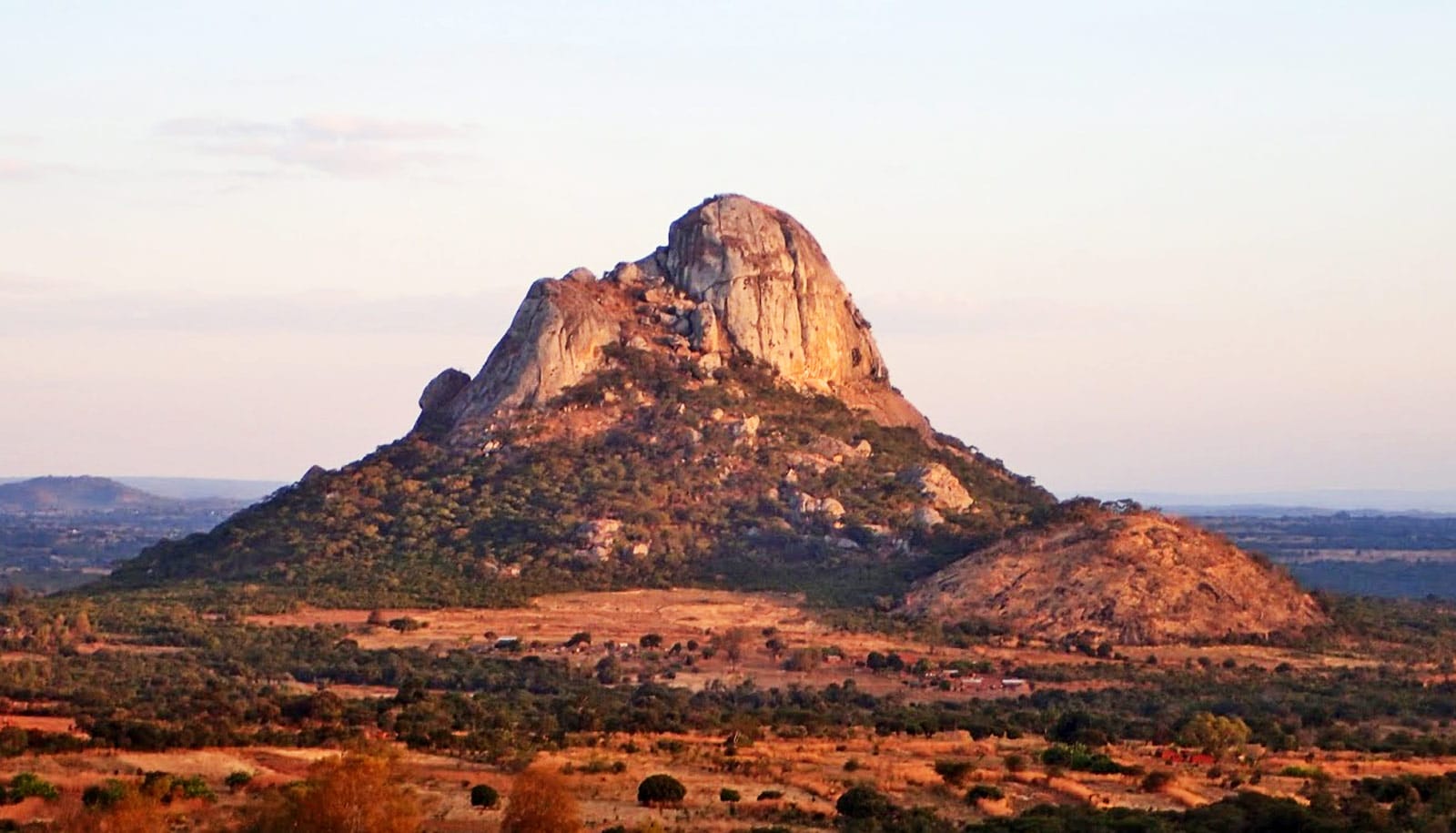Research has found the earliest and largest monumental cemetery in eastern Africa, which early pastoralists living around Lake Turkana in Kenya built 5,000 years ago.
This group is believed to have lived without major inequalities and hierarchies, contradicting long-standing narratives about the origins of early civilizations.
The Lothagam North Pillar Site was a communal cemetery constructed and used over several centuries. A platform 90 feet in diameter held a large cavity in its center. There, an estimated minimum of 580 individuals lie close together. Men, women, and children were typically buried with elaborate personal ornaments. Eventually, burial activities ceased and herders capped the entire platform with stones.
Historically, archaeologists researching settled agricultural societies have found that large groups of people built permanent monuments as reminders of shared history, ideals, and culture. These ancient monuments have previously been regarded as reliable indicators of complex societies with emerging elites and social classes.
However, mobile pastoralists constructed the Lothagam cemetery, which carries no evidence for hierarchy; it therefore requires alternative models for the relations between monuments and social change.

Change and stability
The discovery has prompted researchers to examine similar examples elsewhere in Africa and on other continents, and has the potential to reshape global perspectives on how—and why—large groups of people come together to form complex societies.
In this case, it appears that Lothagam North’s architects faced highly uncertain environments as Lake Turkana shrunk by 50 percent, and grappled with economic and social instability as herding took hold. Early herders may have constructed the cemetery to provide a stable landmark on a shifting landscape.
“The Lothagam North Pillar Site is the earliest known monumental site in eastern Africa built by the region’s first herders,” says study leader Elisabeth Hildebrand of the anthropology department at Stony Brook University. “This finding makes us reconsider how we define social complexity, and the kinds of motives that lead groups of people to create public architecture.”
The monuments may have served as a place for people to congregate, renew social ties, and reinforce community identity. Information exchange and interaction through shared ritual may have helped mobile herders navigate a rapidly changing physical landscape.
Colorful beads
Personal adornments occur with nearly all individuals and were not restricted to any sex or interment type. More than 300 vibrantly colored stone and mineral beads were present in diverse forms, showing that these people had a keen aesthetic sense. Making beads and other ornaments would have been time-consuming, and their variation in form demonstrates creativity and individual style.
Burials packed tightly within the mortuary cavity, and their arrangement, don’t suggest ranking or social priority. This and the diverse forms of personal ornamentation suggest that the pastoralists who built Lothagam North did not have strong social hierarchies.
The National Geographic Society, the National Science Foundation, the Wenner-Gren Foundation, and the Turkana Basin Institute of Stony Brook University supported the work. The findings appear in the Proceedings of the National Academy of Sciences.
Source: Stony Brook University



